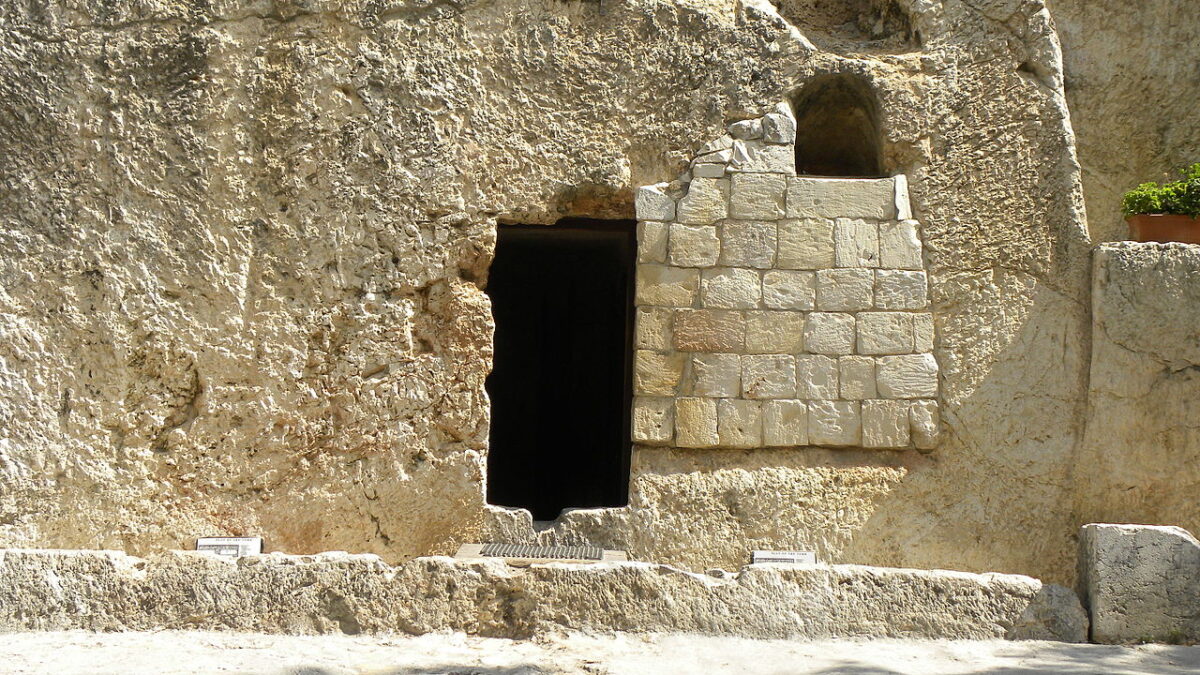
Christianity is a revolutionary religion. It makes great demands of its followers to change how we interact with our world. Many of its precepts work against our natural assumptions.
While most of the other world’s religions, the secular ones included, treat bodily pleasure and comfort as ends and means of themselves, Christians emphasize the pursuit of what is true, good, and beautiful through order. This is not to say we are prudes, as much as to suggest that every human act has its proper place.
Sometimes this revolution of humanity is manifest in a figure like St. Francis of Assisi, whose fidelity to beauty was ordered through his commitment to spiritual poverty. Other times this revolutionary commitment calls for blood, as is the case of St. Thomas More, who found the highest earthly expression of ordered beauty in his fidelity to the law. While these exemplary historical figures should awaken an inner yearning for such beauty in our own lives, for most of us, this expression will likely unfold in becoming heroically average persons with suddenly counter-cultural families.
To be sure, from Saint Francis to Thomas More there is a chasm of difference in the particulars of individuals’ journeys towards Christian freedom. Their most obvious distinctions is Francis’ embrace of material poverty to open the narrow gate into spiritual poverty, while More was a well-respected lawyer who lived in the world but not of it. However, each found his seat in God’s kingdom through the common church that inspired them to reflect Christian beauty through order.
How Order Cultivates Beauty in Humble Lives
It is in this pattern of thought that Matthew Schmitz uncovers some uncomfortable statistics in his essay for the Catholic Herald called “A Beautiful Church for the Poor.” In it he connects Vatican II’s de-emphasis of the church’s most beautiful features in an effort to modernize, most specifically by essentially abandoning the Latin Mass, to a marked drop in attendance of impoverished Catholic Americans.
He gleans this insight from a joint research project between the University of Nebraska and Penn State titled “The Continuing Relevance of Family Income for Religious Participation.” It turns out this is a specifically Catholic issue, as Schmitz explains, the disparity of income and church attendance is not as prevalent in any of the other denominations of American Christianity.
This is yet another example of class warfare in Schmitz’s mind that we continue to see throughout the entire western hemisphere. Most of our institutions, as his colleague R.R. Reno has spilled much ink over chronicling, have been orienting themselves for some time towards the tastes and idiosyncrasies of the upper class with little regard for the fallout. The effects have most often been paid by the poor and working class. But while Schmitz offers a case of beauty for its own sake, a noble cause in itself, there is also the element of order to consider.
As the philosopher Roger Scruton had taught an engaged John Goerke, who was looking for an easy answer to living the good life, “beauty and order are intertwined such that one brings about the other.” Scruton approached cooking and cleaning in his household as an aesthetic undertaking. It is in this heroically average situation that Scruton found a profound way to reflect Christian beauty.
The implications here are important. A well-ordered life seems second nature to those who have had the fortune of being nurtured in its environment, but for those of us whom it is not a given its greatest lesson can be revealed in the expression of beauty. This is precisely how my own life has unfolded.
My childhood was defined by two prominent themes. One was my father’s conversion to Catholicism, and the other was disorder at home. This was a byproduct of childhood traumas with which my parents spent much of their adult lives grappling. My parents provided for their children’s needs, and in their own Christian heroism honored the covenantal bonds of their marriage. Nonetheless, our household disorder was very prominent. While raising my siblings and me, my parents fought the sort of demons that often ruin families. We survived and grew in great part because of our local church, but the concept of order would never gain expression within my household.
Order Reorients the Passions Into Beauty
While the virtues of beauty and order may be intertwined, locked in a dance, the spectator can see in order some of the necessary ingredients in our quest for meaning. Order requires structure and discipline. This is why Scruton emphasized cooking and cleaning as aesthetic undertakings. His commitment to the mundane practice of scheduled chores was ultimately an act of love for his wife and family.
As I became an adult, I would find Benedictine spirituality, with its emphasis on simplicity and schedules, as my way of reflecting the beauty that had for so long inspired me in the order of the Mass. This was a game changer for me, as it laid the foundation for meeting my wife and ultimately becoming a father. As for so many other Catholics before me, I had found that expressing beauty required effort, so the Rule of Saint Benedict became my vehicle.
Considering the class warfare angle that Schmitz suggests, would it be difficult to imagine that the wealthier parishioners, who most often find disordered living as a generally alien concept, would see such a beautiful expression as the Tridentine Mass cumbersome? But if his calculation is correct, then the church has largely redefined our liturgy to accommodate Belmont tastes at the cost of Fishtown participation.
In the most prosperous nation in the history of the world, poverty is now almost synonymous with disorder. From the problem of able-bodied men who do not wish to work to the pernicious opioid epidemic, there is not a lack of evidence that disorder and poverty are common bedfellows. While education matters in upward mobility, discipline matters too, and in my life the latter has mattered more. Just by way of committing to creating daily schedules and routines, such as reading to one’s children, if nothing else, an ordered household can break the cycle of poverty in the next generation.
Beauty is inspirational. Any adolescent male who has encountered an attractive young lady can attest to that. This is one reason Catholic worship has emphasized its expressions. Certainly, beauty is not the reason we commit ourselves to regular Mass attendance. We go to worship the God who bestowed it upon us. The fact that expressing beauty is not central to celebrating Mass is the reason the architects of Vatican II had such freedom to alter the liturgy, but as Schmitz wrote in his essay, “If the poor need art and ritual, so does everyone.”
As is the case with many of our symbols of faith, beauty offers the individual much to reflect on. For Francis of Assisi and Thomas More, it inspired their radical public witness of Jesus Christ. For me, and presumably many others, it quietly teaches us about order, which we then pass on to our children. It is a real shame that this simple, yet revolutionary, experience has largely failed in our era to reach the people who most need it.









